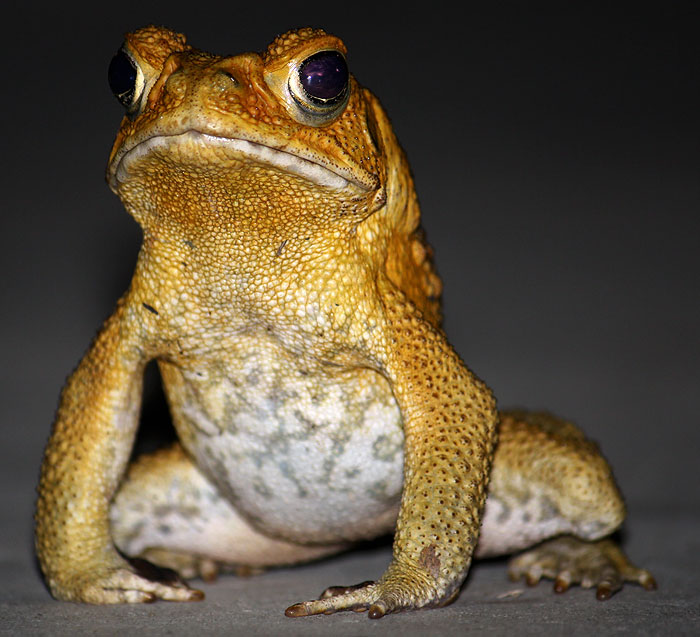Green Ant Mimic Spider
Before we get into this let's clear up any confusion - this is NOT a post that deals with the Ant Mimic Spider (Castianeira longipalpis) or Myrmarachne sp. Oh no. This is another spider who has specialised in mimicking one particular species of ant. The green tree or weaver ant.
It is a Thomisidae, (crab spider), but the real question is - what's the benefit of the mimicry to the spider?. Well, this incredibly zippy little spider hunts the ants. Usually at night and relies on a single drag line for security. The mimicry is visual and behavioural.
I've gotta say, I was stoked to find this spider in the garden. God knows we have enough ants around the joint to keep it busy!. That aside, it really is an amazing little animal to observe and one that could easily be overlooked.
It is a Thomisidae, (crab spider), but the real question is - what's the benefit of the mimicry to the spider?. Well, this incredibly zippy little spider hunts the ants. Usually at night and relies on a single drag line for security. The mimicry is visual and behavioural.
I've gotta say, I was stoked to find this spider in the garden. God knows we have enough ants around the joint to keep it busy!. That aside, it really is an amazing little animal to observe and one that could easily be overlooked.
Selection pressure exerted by visually hunting predators, such as birds and wasps who ordinarily hunt spiders, results in spiders evolving over time to visually resemble ants
 |
Note how the fore-legs are held aloft making them appear like antennae |
 |
Amyciaea albomaculata |
 |
Eye spots complete the disguise |
 |
Weaver ants, Oecophylla smaragdina |
Ant mimicry or, myrmecomorphy is mimicry of ants by other organisms. Ants are abundant all over the world, and potential predators that rely on vision to identify their prey such as birds and wasps normally avoid them, because they are either unpalatable or aggressive.
Some arthropods mimic ants to escape predation (protective mimicry), while others mimic ants anatomically and behaviourally to hunt ants (aggressive mimicry).
The Thomisidae are a family of spiders which include about 175 genera and over 2,100 species.
In North Queensland, Australia, the alydid bug Riptortus serripes and the undescribed salticid spider Myrmarachne sp. F are co-occurring visual Batesian mimics of the green tree ant Oecophylla smaragdina. Myrmarachne sp. F lives near ant nests and avoids contact with aggressive worker ants, suggesting that, like other salticids, it can distinguish visually between prey, mates and rivals.
An experiment was conducted to test the hypothesis that Myrmarachne sp. F can distinguish O. smaragdina from its visual mimic, R. serripes. - link no longer exists
An experiment was conducted to test the hypothesis that Myrmarachne sp. F can distinguish O. smaragdina from its visual mimic, R. serripes. - link no longer exists






Comments
Post a Comment